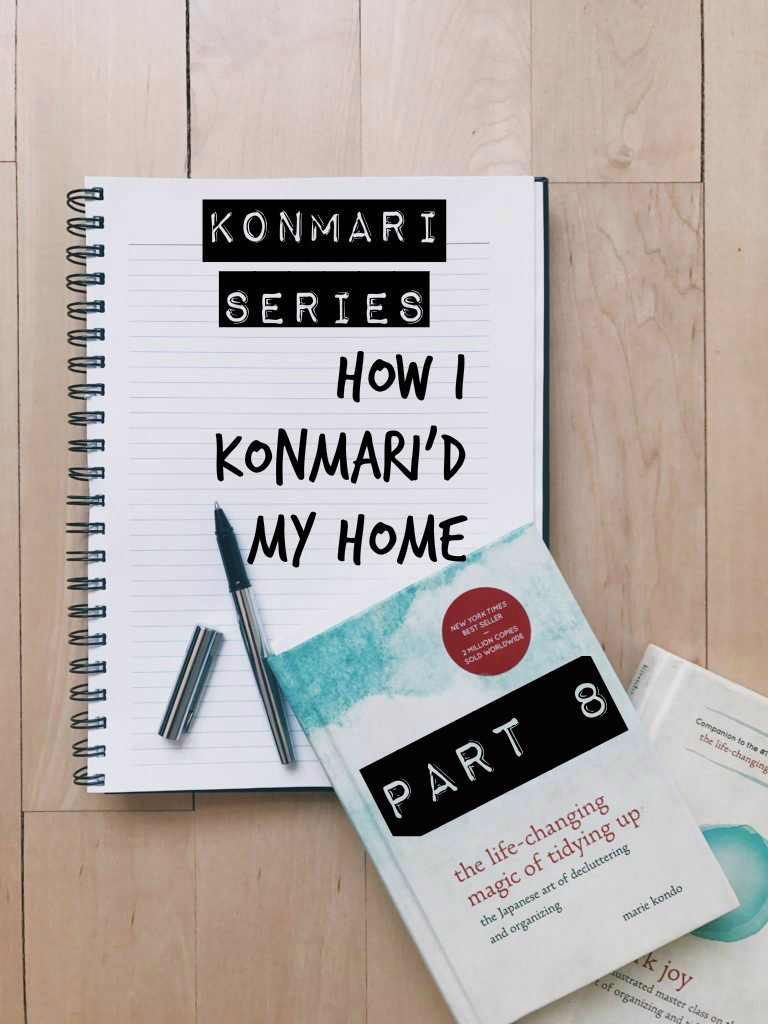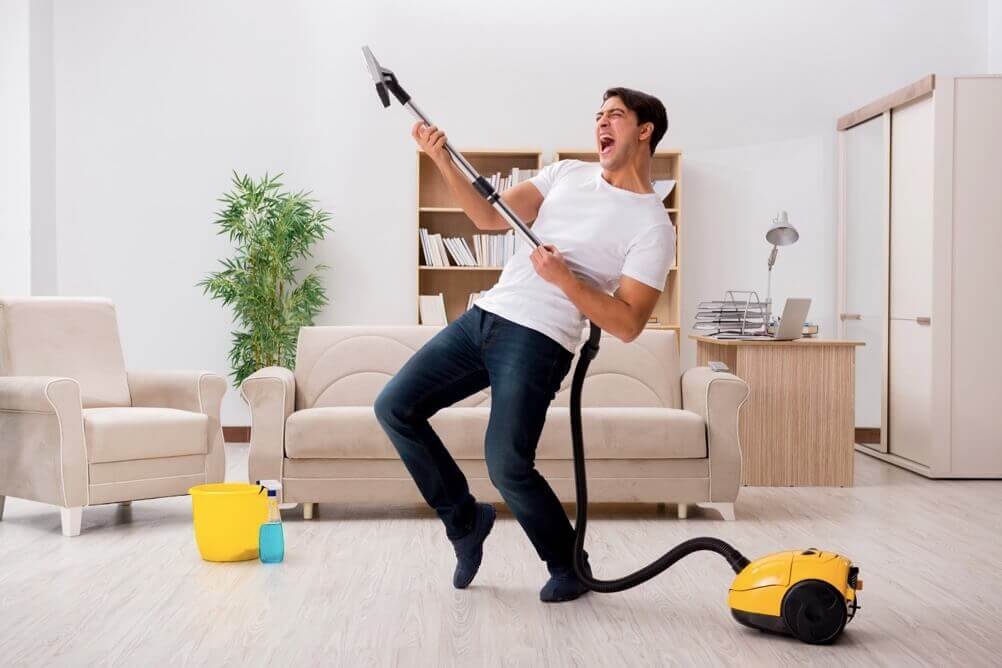
The top drawer is the “scan and process” inbox, and the bottom drawer has papers that we need to hold on to longer term. Since Donnie does most of the bills and finances in our house, most of our “action items” go into an “inbox” drawer in his office. Marie recommends that all of these “action items” be stored in a single inbox (preferably a vertical organizer– she likes standing things up vertically!) and dealt with as soon as possible. Maybe I need to RSVP to a party or sign a permission form for one of the boys, for example.

Of the papers in the “keep” pile, some will require some kind of action to be taken with them. (Sentimental items are handled separately, so if you’re worried about cards or notes or journals that are near and dear to you– have no fear! We’re not dealing with mementos quite yet.) Organize Paper that Needs to Be Dealt With And papers that need to be kept indefinitely (social security cards, birth certificates, passports, marriage licenses, etc.)Īny papers that do not fit into one of those three categories can be discarded.Papers that are needed for a limited time (warranties, policies, tax forms, etc.).

Papers that are currently in use (papers for current projects, bills that need to be paid, items that need to be signed and returned, etc.).For more information, see my disclosures here.Īlthough Marie instructs her students to “discard everything” when it comes to paper, she does make allowances for three categories, as she lays out in The Life-Changing Magic of Tidying Up (page 97): Since paper is the third category that Marie recommends decluttering, (after clothes and books), let’s take a look at what it looks like to organize paper using the KonMari Method. Just a fraction of the paperwork we’ve had to go through on our way to creating better systems! You know, essentials.īut before we went “paperless,” we kept a whole bunch of paperwork in our house that definitely didn’t need to be there, and it was totally weighing us down and stressing us out! And I’m betting most people are in the same boat. Okay, so when we (and she) say “everything,” we also realize that there are some papers and documents that absolutely need to be kept. Now normally with the KonMari Method, you gather up all of the items in whichever category you’re working on (paper, in this case) and handle each item, keeping only the items that spark joy and discarding the rest.īut let’s be honest: are there really many papers that spark much joy? Only a few, and they would probably be put into the “sentimental items” category anyway, hence Marie’s rule to “discard everything” when it comes to paper! Marie’s #1 rule for paper?Īnd that’s pretty much what we’re all about in our house! 🙂

Paper organization was actually one of the main reasons I found Marie Kondo in the first place!ĭonnie had written a post on the blog about the system we (okay, mostly he) use to keep our family pretty much paperless, and we had several people say, “You should read The Life-Changing Magic of Tidying Up! Your system reminds me of Marie Kondo!”Īnd after reading the book, I could certainly see what they meant.


 0 kommentar(er)
0 kommentar(er)
